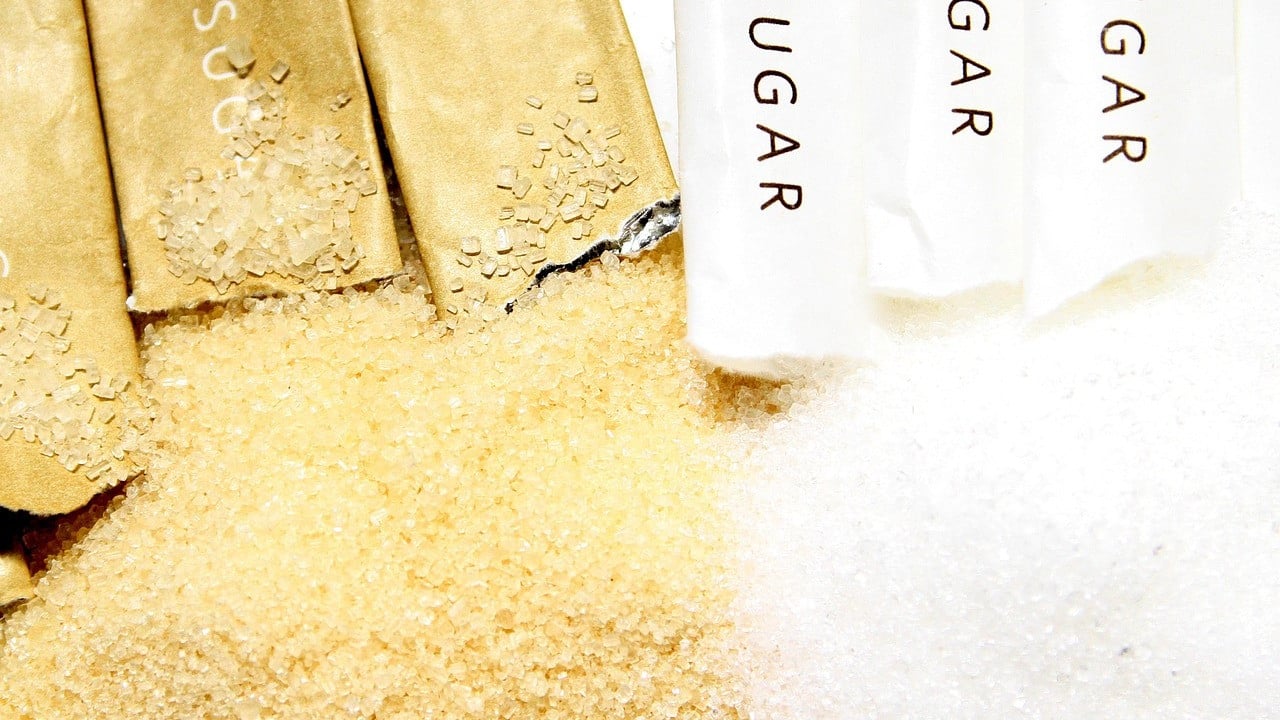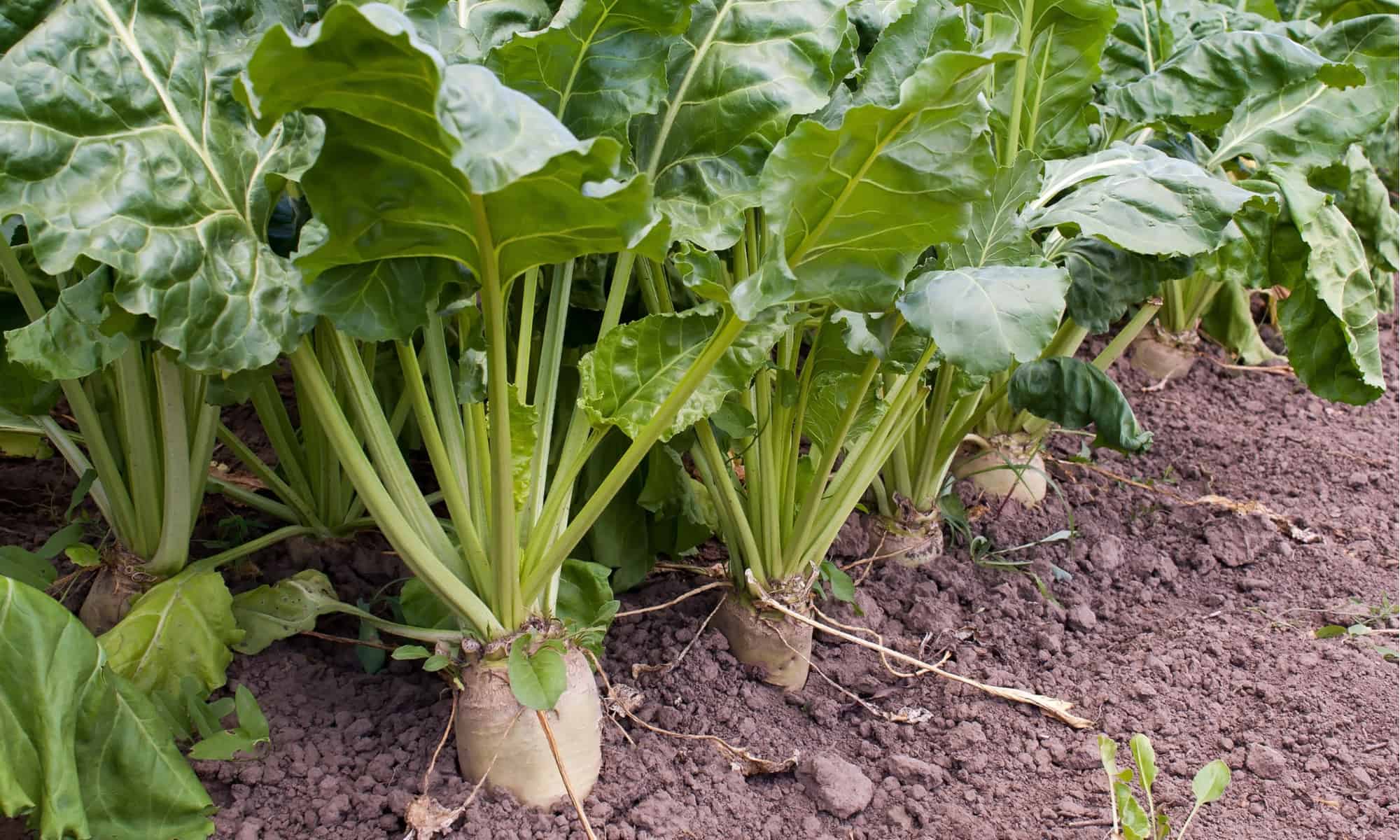Checking Out the Differences being used and Advantages In Between Beet Sugar Vs Cane Sugar
In the culinary globe, the selection between beet sugar and cane sugar is not just regarding sweet taste but includes a nuanced factor to consider of taste, application, and effect. While both sugars originate from various plants, each undergoes one-of-a-kind production procedures that discreetly affect their characteristics and viability for numerous dishes. As chefs and customers progressively prioritize both the ecological and taste profiles of their components, comprehending these differences becomes vital. This exploration provides understanding right into exactly how each sugar kind can best boost culinary developments.
Origins and Production Procedures of Beet and Cane Sugar

Cane sugar, on the other hand, originates from the sugarcane plant, a tropical yard belonging to Southeast Asia today cultivated in exotic zones worldwide. The production of cane sugar begins with the harvesting of cane stalks, which are squashed to release the juice. This juice is after that steamed to concentrate it, after which it is spun in centrifuges to generate raw sugar crystals. These crystals are more refined to create the white sugar generally readily available in shops.

Nutritional Material and Health Considerations

When contrasting the nutritional content of beet sugar and cane sugar, it becomes noticeable that both types basically supply the same calorie worths, with about 16 calories per tsp and no substantial nutrient variety. Each is composed virtually totally of sucrose, which is a basic carb that offers quick power but does not have vitamins, minerals, or fiber. This similarity reaches their influence on health and wellness, specifically worrying blood sugar levels. Both sugars, when consumed in excess, can add to raised blood sugar levels, a risk variable for diabetes mellitus and various other metabolic conditions. Too much consumption can lead to weight gain and oral issues, as both sugars are similarly cariogenic, advertising tooth degeneration. From a health and wellness point of find view, regulating intake of any kind of sugar, whether from beet or cane, is suggested to prevent these prospective unfavorable results on health. Thus, neither holds a distinctive advantage over the other in regards to wellness benefits.
Flavor Accounts and Culinary Applications
Despite their similar chemical structures, beet sugar and cane sugar differ subtly in taste, which can affect their use in numerous culinary contexts. Walking stick sugar typically lugs a hint of molasses, even in its polished form, lending a cozy, caramel-like undertone that improves baked products, coffee, and chocolate-based dishes. On the various other hand, beet sugar is defined by its extremely fine-tuned, neutral taste, making it a functional sugar that does not alter the flavor profiles of dishes.
Ecological Influence and Sustainability
While both beet and cane sugars are originated from Read Full Report plants, their environmental effects vary considerably because of the distinctive techniques of growing and handling needed for each and every. Sugar beet growing usually entails extensive automation, which can raise fossil gas intake and carbon discharges. Beets can be grown in cooler environments and need less irrigation, possibly reducing water use compared to sugarcane. Sugarcane, on the other hand, is usually expanded in exotic areas where it depends heavily on watering and a longer growing period, raising its water impact.
Furthermore, the processing of sugarcane commonly produces a significant amount of waste, consisting of bagasse, which, although usable as biofuel, often adds to Website air contamination if melted inefficiently. Sugar beet processing uses even more of the raw products, causing much less waste. Both industries deal with obstacles in decreasing their ecological footprints, yet recurring advancements in farming techniques and waste management are intending to enhance sustainability.
Economic Factors Influencing the Sugar Sector
The financial dynamics of the sugar industry are considerably influenced by global market demands and profession plans. In areas where sugarcane or sugar beet production is subsidized, producers may have a monetary benefit that enables them to offer lower costs on the global market.
Furthermore, changes in global demand for sugar, affected by nutritional trends and commercial usage in food items, straight effect rates and production degrees. beet sugar vs cane sugar. Climate conditions additionally play a pivotal role, as they can dramatically affect crop yields and, as a result, the supply chain. This variability presents a degree of economic uncertainty that can lead to financial investment volatility in sugar manufacturing sectors, affecting decisions from planting to market approach
Verdict
In final thought, both beet and cane sugar have unique top qualities that fit different cooking demands. While cane sugar imparts an abundant flavor perfect for improving baked products, beet sugar's neutrality is excellent for lighter recipes.